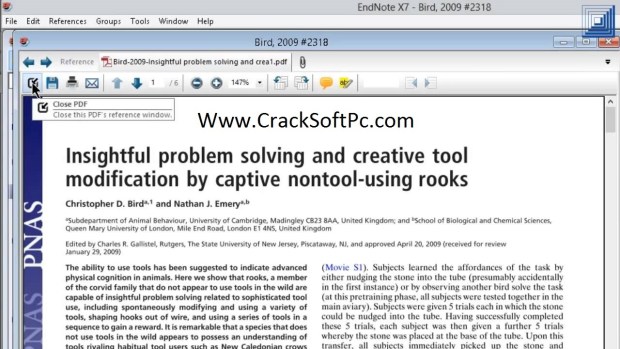

This can eventually corrupt or damage your library. Do NOT save or back-up your EndNote Desktop library to an online cloud environment, such as Dropbox, Google Drive, Microsoft OneDrive or iCloud.It is up to you, as the EndNote user, to discern which saving location is best for you.

For information of what these are, please see the ' Creating, saving and opening a new EndNote Desktop library' box within this guide's Getting started: downloads, installation and referencing styles page. Note: There are advantages and disadvantages of saving your EndNote Desktop library in the various places mentioned above. This will ensure you will still have access to a functional EndNote Desktop library if your original library becomes corrupt or damaged.

enlx) together in the same place : on the local hard drive (C:) of your own personal computer or laptop, on the desktop or within your student/staff H: drive of your RMIT computer or laptop, and you can even send it to your e-mail address as an attachment (please see the ' Email your EndNote Library using CloudStor' box below). enlx) to avoid confusion as to which is the latest one. You should have only ONE compressed EndNote Desktop library (.

Press Next, specify where you would like to save the file (should be the same location as your. Leave the options as they are: Create, With File Attachments, All References in Library.ģ. Go to File > Compress/ed Library (.enlx). To create a compressed EndNote Desktop library:Ģ. enlx extension, and is smaller in size than the regular EndNote file (. A compressed EndNote library incorporates your regular EndNote library file (. Note: Save and backup your EndNote Desktop library regularly to ensure you do not lose your work. You do this by creating a compressed EndNote Desktop library.


 0 kommentar(er)
0 kommentar(er)
